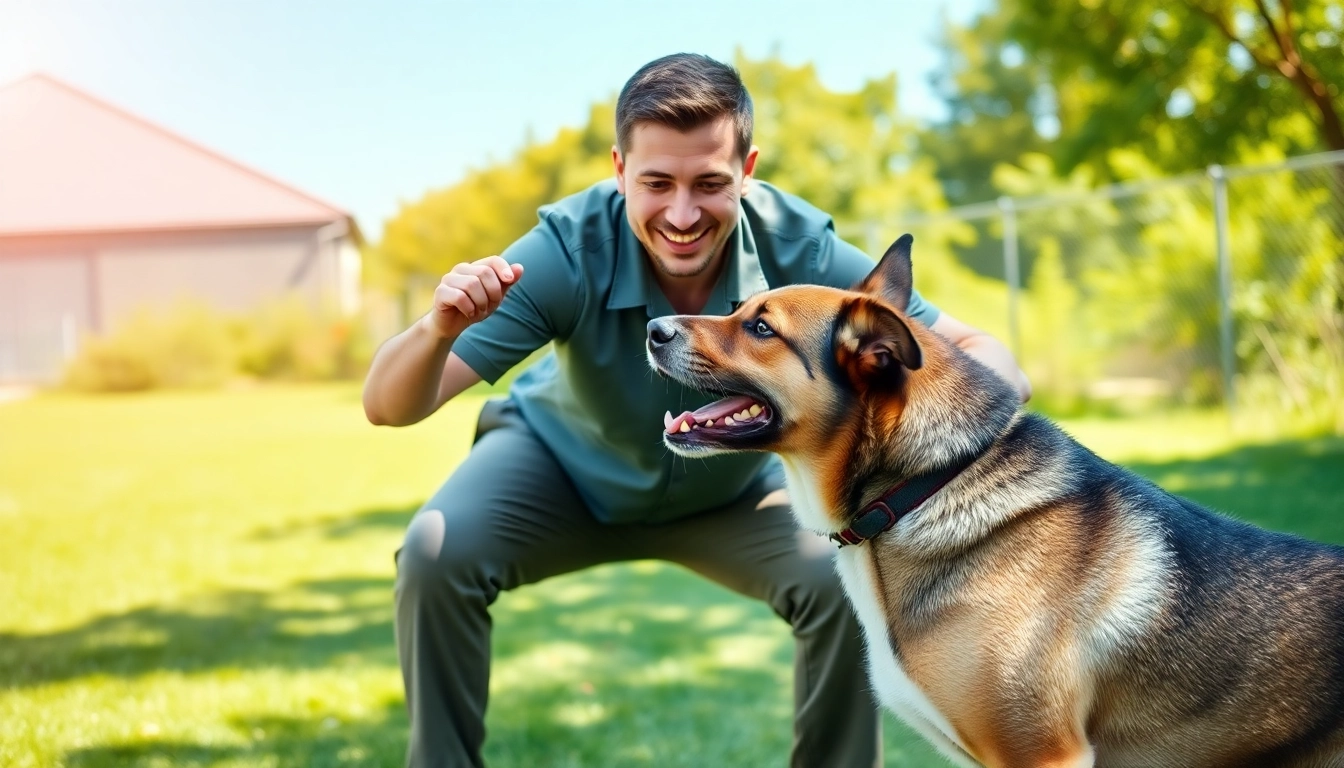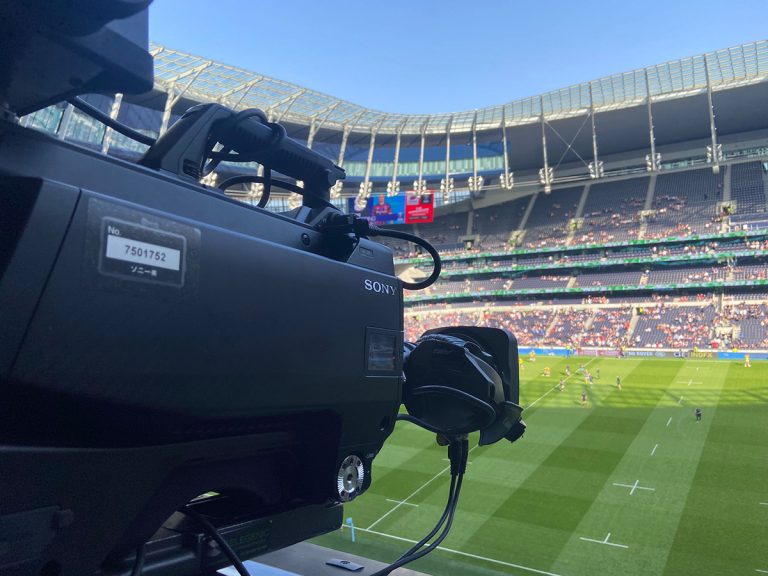Understanding Aggression in Dogs
Aggressive behavior in dogs can often be bewildering for pet owners, as it can stem from various emotions, including fear, anxiety, and territorial instincts. For those in the Houston area seeking aggressive dog training Houston, understanding the roots of aggression is paramount. By acknowledging the causes, recognizing different types of aggression, and appreciating the importance of early intervention, dog owners can equip themselves with the knowledge necessary to foster a more harmonious relationship with their pets.
Common Causes of Aggressive Behavior
Dog aggression can arise from several underlying issues. Early socialization plays a crucial role, as insufficient exposure to various environments, people, and other animals can breed fear and mistrust. Various factors that can lead to aggression include:
- Fear: Many aggressive dogs have a history of being traumatized or poorly socialized, which can lead them to perceive threats where there are none.
- Protectiveness: Dogs can exhibit aggression when they feel their home or family is being threatened, making them overly protective.
- Pain or illness: Health problems can lead to changes in behavior, as dogs in pain are more likely to react defensively.
- Playfulness gone awry: Sometimes, what starts as playful behavior can escalate into aggression, particularly if one dog misreads the signals from another.
The Importance of Early Intervention
Addressing aggression early is critical. The longer aggressive behaviors go unaddressed, the more ingrained they can become, making training more complex. Identifying signs of aggression, such as growling, snapping, or lunging, and proactively addressing them can prevent more severe incidents down the line. Early training and behavioral modification not only enhance safety but also improve the dog’s quality of life and strengthen the human-animal bond.
Recognizing Different Types of Aggression
Understanding the specific type of aggression your dog is exhibiting can better inform treatment and training strategies. Key types of aggression include:
- Fear aggression: This occurs when a dog feels threatened and reacts defensively.
- Territorial aggression: This type manifests when a dog feels their space is being invaded.
- Protective aggression: Dogs may exhibit aggressive behavior to defend their owners or other household members.
- Social aggression: This can occur among dogs during play or when meeting new dogs.
Choosing the Right Training Program
Selecting an appropriate training program for aggressive dogs requires careful consideration of your dog’s specific needs and the credentials of the trainers. Programs vary widely, so understanding how to evaluate them can lead to successful outcomes.
Evaluating Training Methods
When choosing a training program, it is essential to evaluate the methods used. Positive reinforcement is typically the most recommended approach, as it fosters a constructive learning environment. Techniques to consider include:
- Reward-based training: This method uses treats, praise, or toys as motivation for desirable behavior.
- Desensitization: Gradually exposing the dog to a feared stimulus in a controlled way helps reduce their aggressive response over time.
- Counter-conditioning: Changing the dog’s emotional response to a particular trigger can effectively curb aggressive behaviors.
Finding Licensed Professionals in Houston
Houston boasts a variety of dog training professionals, many with specializations in addressing aggressive behavior. Researching and verifying credentials, such as certification from recognized institutions, can ensure you find a qualified trainer. Look for recommendations, read reviews, and consider visiting potential trainers to observe their interaction with dogs and clients.
Program Personalization and Adaptability
Each dog is unique, and their training program should reflect their individual needs. Seek out trainers who offer customizable programs that take into account your dog’s specific triggers, history, and personality. Having a trainer willing to adapt their techniques based on your dog’s progress will provide a more effective training experience.
Techniques for Aggressive Dog Training Houston
Effective aggressive dog training relies on a mix of strategies tailored to reduce aggressive behaviors. Tools such as patience, consistency, and the right methodologies can facilitate significant improvements.
Positive Reinforcement Strategies
As previously mentioned, positive reinforcement is a highly effective technique for encouraging desirable behavior. Here’s how you can implement this strategy:
- Identify rewards: Determine what motivates your dog, whether it’s treats, their favorite toy, or praise.
- Encourage desired behaviors: When your dog displays calmness in a triggering situation, immediately reward them. This helps reinforce that specific behavior.
- Consistency is key: Ensure that everyone in the household uses the same commands and reward systems to prevent confusion.
Desensitization and Counter-Conditioning
Desensitization involves gradually exposing your dog to the situations that trigger their aggression. For example, if a dog reacts aggressively to other dogs, start by introducing them to a calm, non-threatening dog at a distance. Gradually decrease the distance between the dogs while rewarding the aggressive dog for remaining calm.
Counter-conditioning works alongside desensitization by altering the dog’s emotional response to the triggering stimulus. For instance, every time they see another dog, offering treats can create a positive association, shifting their reactions from aggression to excitement.
Establishing Consistent Commands
Clear and consistent commands help establish expectations for your dog. Essential commands such as “sit,” “stay,” and “leave it” become valuable tools during training sessions. Focus on:
- Short training sessions: Keep sessions to about 15 minutes to maintain your dog’s focus.
- Repetition: Consistent practice of commands under various circumstances will enhance retention.
- Utilizing hand signals: Combining verbal commands with hand signals can enhance understanding.
Creating a Safe Environment for Training
Setting the right environment for training is as important as the training techniques. A safe and controlled space helps in minimizing distractions and triggers that can lead to aggressive outbursts.
Safe Spaces for Training Sessions
Establishing a dedicated safe space for training is crucial. This space should be free of external distractions and other animals. Consider using a fenced yard or a room indoors where your dog feels secure. The space should also be equipped with tools like gates and cones to assist in behavior control.
Managing Triggers and Distractions
Identifying and managing triggers in the training environment can significantly enhance your training’s effectiveness. For instance, if your dog is aggressive towards other dogs, initially train them in a space where they cannot see or interact with other animals. Over time, as their behavior improves, you can slowly introduce them to controlled environments with other dogs present, all while continuing to reward positive behavior.
Using Leashes and Muzzles Effectively
When working with aggressive dogs, leashes and muzzles can be valuable tools. A leash provides control over the dog during training, while a muzzle can prevent biting incidents. Here are some guidelines:
- Choose the right muzzle: Ensure the muzzle is comfortable for your dog, allowing them to breathe and drink while preventing bites.
- Practice acclimatization: Gradually introduce the muzzle to your dog by associating it with positive experiences such as treats or favorite toys.
- Train with a leash: Always have a sturdy leash on hand during training to ensure you can keep your dog safe and secure.
Continuing Education and Support
Aggressive behavior in dogs is not necessarily fixed after completing a training program. Ongoing education and support are vital for maintaining progress and adapting to a dog’s evolving needs.
Understanding Behavioral Changes Over Time
As dogs mature, their behaviors may shift, necessitating an adjustment of training methods and approaches. Regular observation and adaptability to a dog’s changing behavioral tendencies can aid in sustaining positive behavior long-term.
Resources for Ongoing Support in Houston
In Houston, several resources are available for ongoing education and support concerning aggressive dog training. Local training facilities often offer advanced courses, and many trainers have online resources, including videos, articles, and social media groups where you can gain insights and support. Reaching out to local veterinarians can also provide valuable recommendations for continuing behavioral support.
Joining Local Dog Training Groups
Engaging with social and educational groups can create a supportive community for dog owners. Look for local dog training clubs that often host meetings, workshops, and events focused on behavioral training. Not only does this provide additional training opportunities, but it can also help connect you with others facing similar challenges. Socializing your dog in controlled environments with other dogs can foster good behavior and reduce anxiety.





